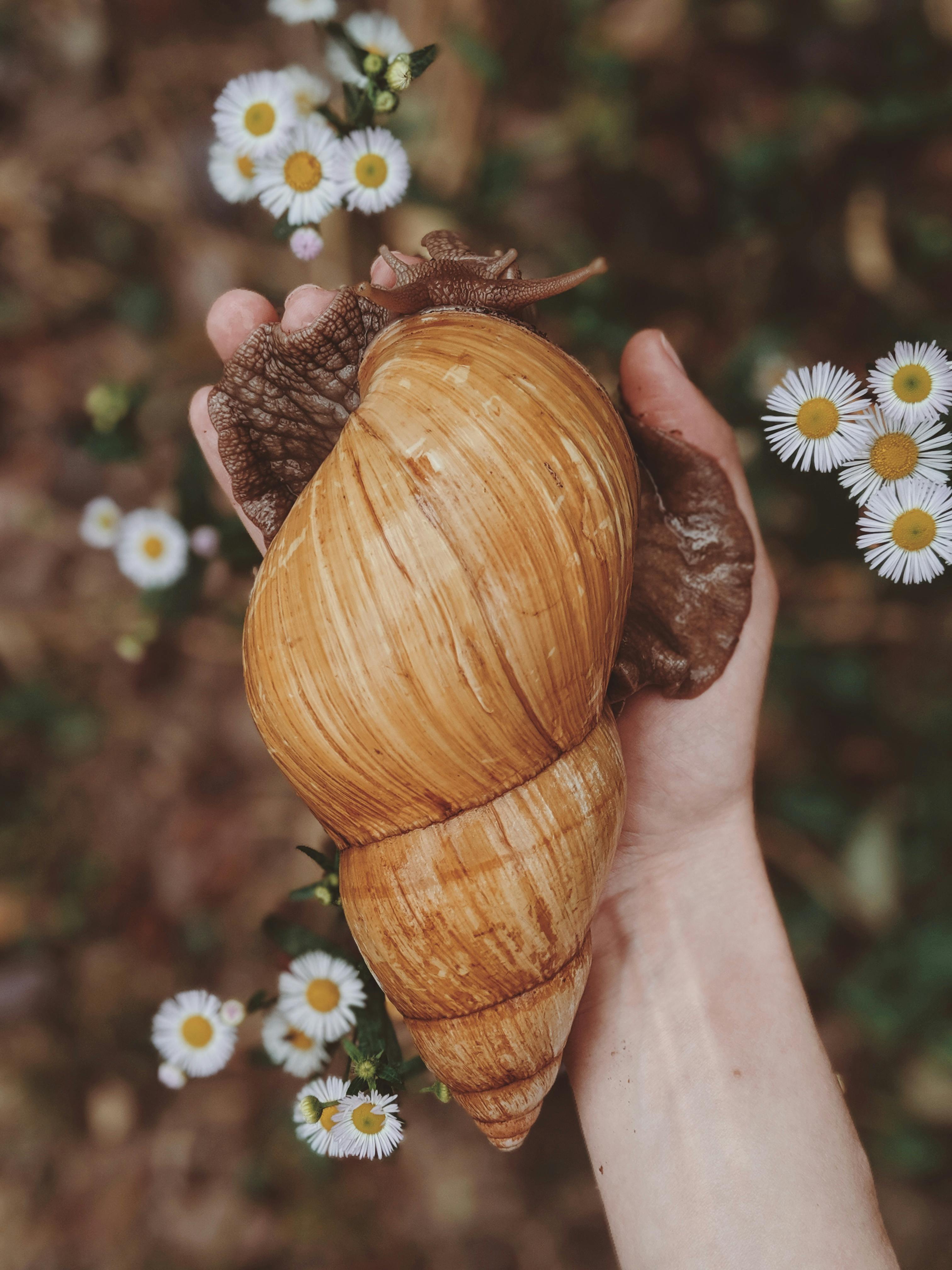Unveiling the Fascinating World of the Giant African Land Snail
Introduction: Delve into the intriguing world of the Giant African Land Snail, an often-overlooked yet fascinating creature with unique features and behaviors. Discover their history, current trends, market impact, and the key developments surrounding this intriguing mollusk, all backed by comprehensive research.

A Glimpse into the Past
The Giant African Land Snail (GALS), scientifically known as Achatina fulica, is native to East Africa, specifically Kenya and Tanzania. The species was first identified by Bowdich in 1822, and its unique characteristics, such as its enormous size compared to other terrestrial snails, quickly sparked interest. Over the years, these mollusks have been introduced to various parts of the world, both intentionally for agricultural purposes and unintentionally through global trade.
The Giant African Land Snail Today
In the present day, the Giant African Land Snail has a presence in numerous countries around the globe. They are often kept as pets due to their low maintenance requirements and unique attributes. However, in some areas, they are considered invasive species due to their rapid reproduction rate and voracious appetite for crops.
The Giant African Land Snail as a Pet
GALS are becoming increasingly popular as pets, particularly in the U.S. and the U.K. Their gentle nature, coupled with their exotic appearance, make them appealing to animal enthusiasts. A pet snail’s setup, including terrarium and food, can range from $50-$100, making them an affordable choice for many. However, their potential to become invasive pests has led to restrictions in some regions, affecting their market availability and pricing.
Research-Backed Facts About the Giant African Land Snail
Scientific research reveals fascinating facts about these creatures. For instance, they have an impressive lifespan of up to 10 years in captivity. They also possess both male and female reproductive organs, allowing them to self-fertilize. Furthermore, they have a remarkable ability to seal themselves inside their shells to conserve moisture during times of dry weather.
The Future of the Giant African Land Snail
Despite their growing popularity as pets, the future of GALS is complex due to their invasive potential. Authorities and environmentalists are making concerted efforts to control their spread in regions where they pose a threat to biodiversity. Meanwhile, research into their unique attributes and behaviors continues, contributing to our understanding of these fascinating creatures.
In conclusion, the Giant African Land Snail is a creature that captures the imagination with its unique biology and behavior. Their rising popularity as pets brings a new perspective to the world of pet-keeping, blending the exotic with the everyday. However, their potential impact on ecosystems as invasive species adds a layer of complexity to their story, making them a subject of ongoing research and debate.




